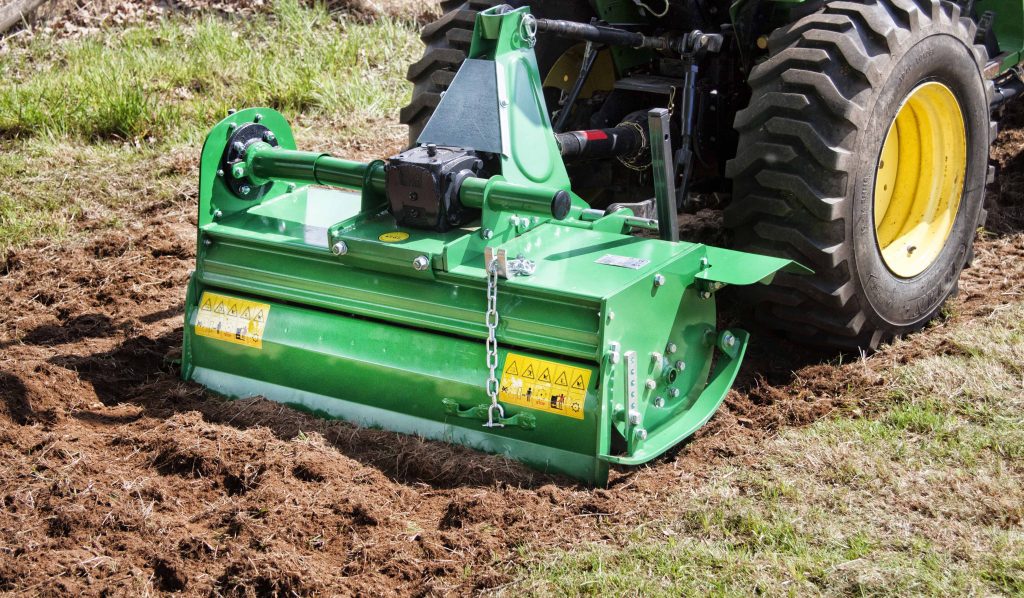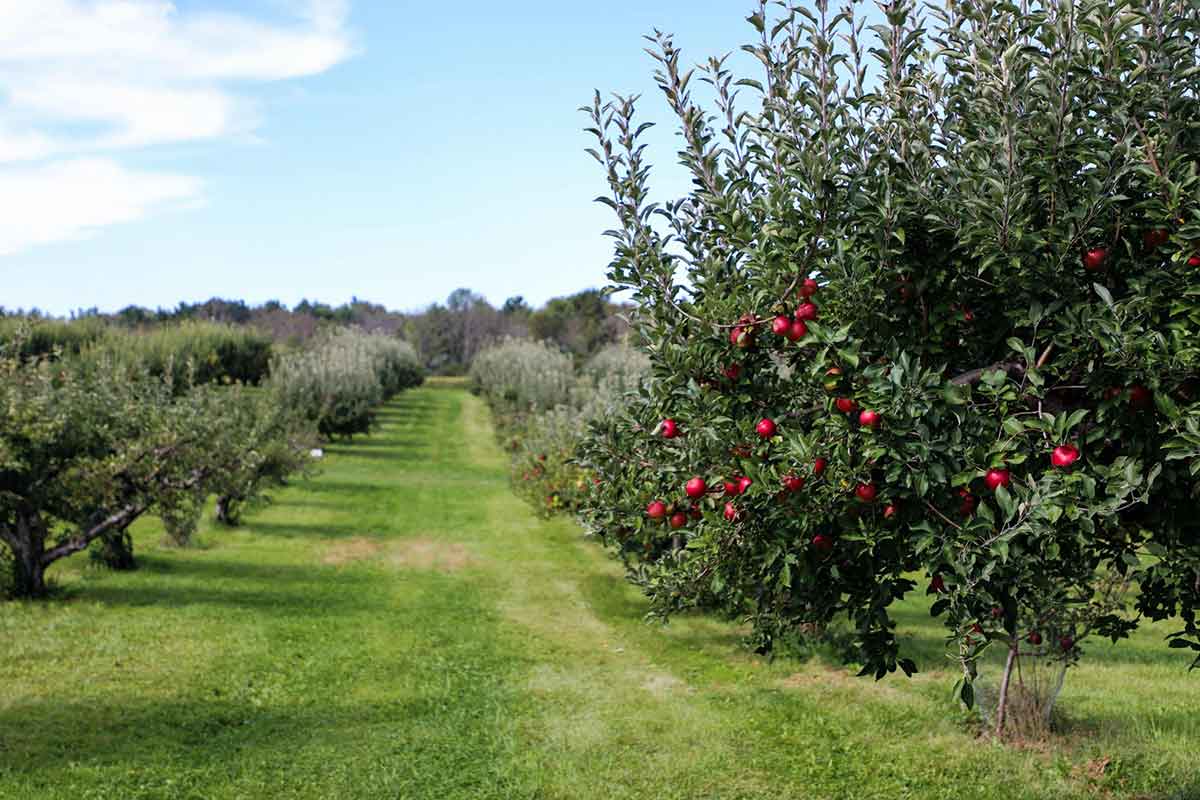Consider a Tiller? Tilling is an old-age process of loosening soil before seeding or planting – performed in the springtime, and once again after the harvest season to ensure the soil remains healthy during the winter months and for growing winter crops.
It is often complemented with vital ingredients – nitrogen, phosphorous and compost to enrich and balance the soil, and boost its overall health. Deep tillage followed by a layer of nutritious organic matter before winter, will allow enough time for the organic matter to decompose and nourish the soil ready for spring planting. Then with the soil in fabulous condition only light tilling is required in the spring.
The process of tilling allows air back into suffocated soil (air is often squeezed out of soil by heavy instruments and foot traffic), permitting oxygen, water, and other nutrients to reach plant roots easily and efficiently. A light and airy soil is essential to a bountiful garden. Tilling twice a year also helps to break down weed roots and the homes of pesky insects, preventing damage to plants.
Whether you have arable fields, a large vegetable garden or an allotment to prepare, a tractor mounted Rotary Tiller makes easy work of what would be a backbreaking job with a hand fork or rake. A rotary tiller will dig, churn, and break up compacted soil to create a clod-free seedbed.
A tractor mounted Rotary Tiller will attach to the three-point linkage on a range of small or compact tractors. The tractor’s PTO will power the tiller’s curved tines/blades that are attached to a rotary shaft. The depth can be adjusted using the skid shoes – typically a larger tiller can achieve a deeper depth than a smaller one. The tiller’s rear flap creates a smooth level finish. When purchasing a tiller ensure its size is at least the width of the outside measurement of your tractor tyres. This will avoid missing strips of soil whilst tilling.
6 Tips for Tilling:
- Top weeds, grasses, and woody material first before tilling.
- Water the soil a few days prior to tilling to make the task easier.
- Start at a slow pace, and not too deep. Tilling too fast will not break up the soil properly and churning large amounts of soil that has not previously been tilled, can cause strain and damage to the rotary shaft.
- Go over the same path twice in the first row, then overlap each pass (one-half of the tiller width) with the previous pass to avoid missing any areas. It may take a few passes to thoroughly break up hard compacted soil.
- Let the soil set for a day or two before making a final, deep tilling pass. 9cm-15cm is usually deep enough for a vegetable plot.
- Only till on moderate slopes (avoid steep ground). Add enough organic matter to the soil to give a good moisture-holding texture and try to avoid leaving footprints or wheel marks.
Farm Tech Supplies stock a range of rotary tillers. To discuss your requirements and the best option for your smallholding or vegetable garden, get in touch with our friendly sales team on 01420 520510 or email sales@farmtechsupplies.co.uk oor








